How to not waste your time with mindfulness
“Where do I fit this into my day?” I’ve lost count of the number of times I have heard this. But this is a genuine question from someone wanting to do something and somehow not making it happen (this particular conversation was about mindfulness). What’s a good response to help this person?
I used to say things like:
“Don’t try and find time for this, make time for it” (make it a priority and build your day around it).
“Set a regular time and place for this” (we know that context matters for behaviour change).
“Make it workable whilst stretching a little” (set yourself up for success whilst also learning new things).
I used to say things like that.
Now I say “what is this thing you are trying to fit in?” I know, this sounds like Yoda but it’s a serious question. What do you think you are actually doing? Can you put this in a way that your, neighbour, mum, 8-year old, granny, or teenager would understand?
With the person who most recently said this to me we discovered that they saw mindfulness as being about peace and calm. Nothing wrong with that. Who doesn’t want more peace and calm? The trouble with seeing mindfulness in this way is that it stops making sense when you feel fried or knackered. And so it gets harder to justify giving time and energy to this unless you’re feeling in the mood.
This person wanted more. They wanted to build a resource that would be useful for them in the reality of their lives, which included feeling over-busy. Might the way this person is framing mindfulness be part of the reason they aren’t able to make it work for them?
The way we frame something shapes what we see and what we are able to do. Take football for example (soccer for our American friends). If we frame a game as football then using our feet is the main thing we will be doing. And using our hands is something we won’t be doing.
If we frame mindfulness around peace and calm we will look for those things. And we will see restlessness and agitation as things that are getting in our way. At best these are annoying obstacles and at worst we are failures for being so restless (or sleepy, bored, or busy minded). Is there a way of framing mindfulness that offers more?
To my mind a good framework for mindfulness needs to:
Already make sense to you
With mindfulness some frameworks don’t make sense unless you have quite a bit of experience. They may sound good, and can be inspiring but they can also leave people with a sense of “I’m not there yet”. A good framework helps you make sense of things where you are right now. And unlike a puppy a framework is just for Christmas (or until it stops being useful).
Make space for every part of you
Granted there may be parts of you that you’re not a big fan of. But if the framework makes it sound like parts of you are not welcome, how will this work with the reality of you and your life? This doesn’t mean you have to dive in to all the scary parts of yourself. But at least let’s not start by asking them to wait outside.
Speak to something you care about
Most frameworks for mindfulness answer the question “what is mindfulness?” but don’t include an answer to “why would I care about this?” Does hearing about mindfulness strike a cord inside you? Do you light up when you hear about it? Like any skill, mindfulness takes time and energy to learn. And so if your sense of what you are doing is not aligned with something you care about you will run out of energy and find it hard to make time for it.
So how to frame mindfulness with these things in mind?
One framework I use to start with is:
Mindfulness involves learning about how your mind works so you can guide it in ways that help with stress and well-being.
Of course stress and well-being are general terms so you might tailor them to speak directly to what you want. Is it help with anxiety and connection? Or depression and ease? Or anger and meaning?
And no need to start an argument with the framework. It’s not a statement of truth, as in “This is what mindfulness is”. The framework is there to guide you, to help make sense of things for you and to speak to what you care about. I’m also not saying that any framework goes. If you see mindfulness as focusing on your goals so you can trample over anyone who gets in your way without getting distracted we need to talk.
What happened with the person who couldn’t fit mindfulness into their day? For them using the framework of learning meant they could engage with what was happening as part of a learning process. And the framework of guiding their minds meant they could still explore calm which was the dimension of well-being they wanted. These small changes made a big difference. How do I fit mindfulness in? It’s a good question which also happens to be the wrong question.
If you would like to try something practical, here is an exercise on learning how your mind works:
